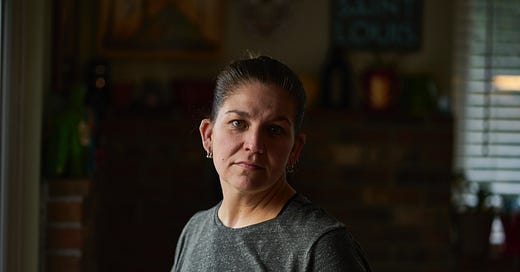How to Give a Real Gift

The internet knows what everyone wants. The trick is to find something that the algorithm couldn’t suggest. (The Free Press; Getty Images)
A good present is not about an object. It’s about time spent moving through the world with someone else in mind.
3
This month as I, and the rest of the world, have conducted the rounds of shopping for Christmas and Hanukkah and the holidays in general, I’ve been thinking more and more about what it means to give a good gift. What can I possibly buy that they don’t already have? Can I think of something that hasn’t already appeared on one of their algorithmically generated lists of “because you liked this, you may like . . .”? What kind of clutter can I add to somebody’s undersized New York City apartment that can possibly rival the clutter they’ve chosen for themselves?
Enjoying the story?
Enter your email to read this article and receive our daily newsletter.
Already have an account?
Sign In












